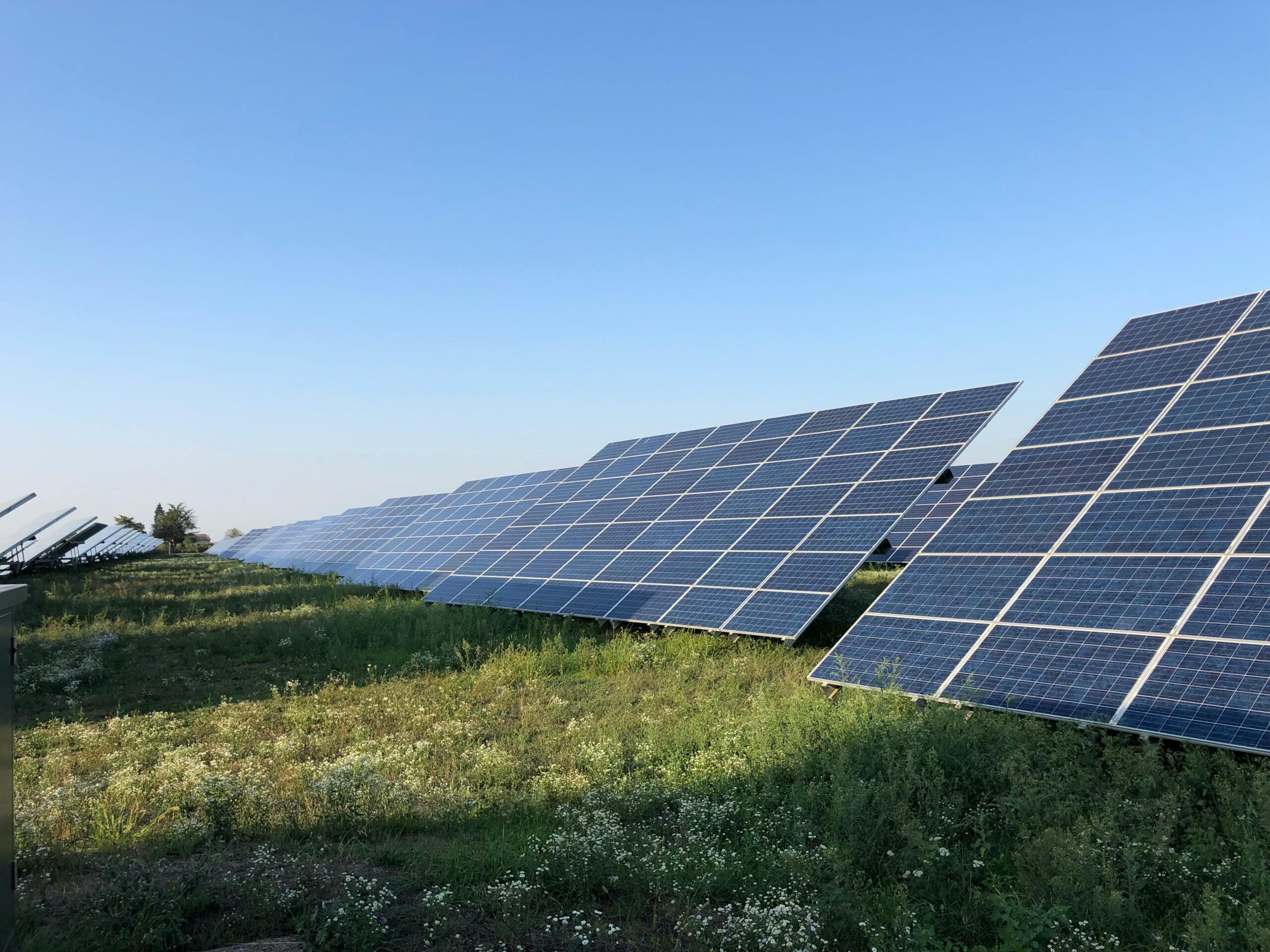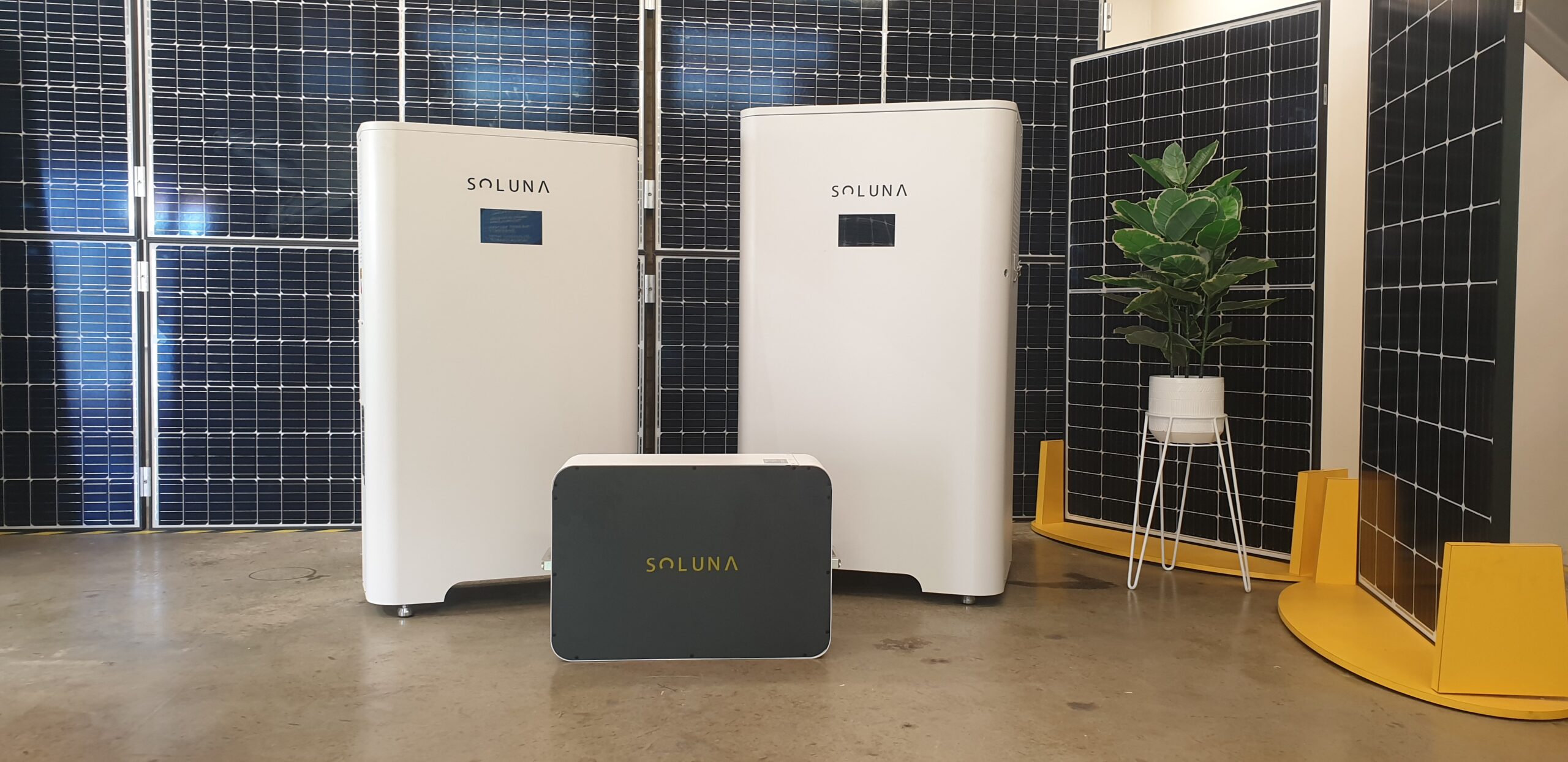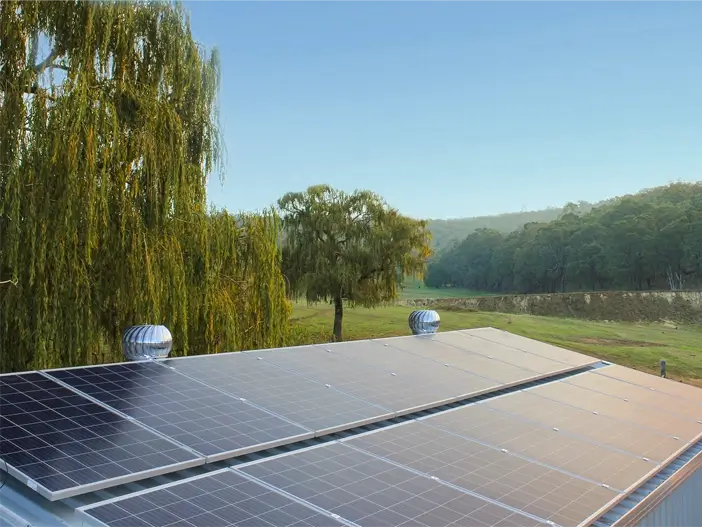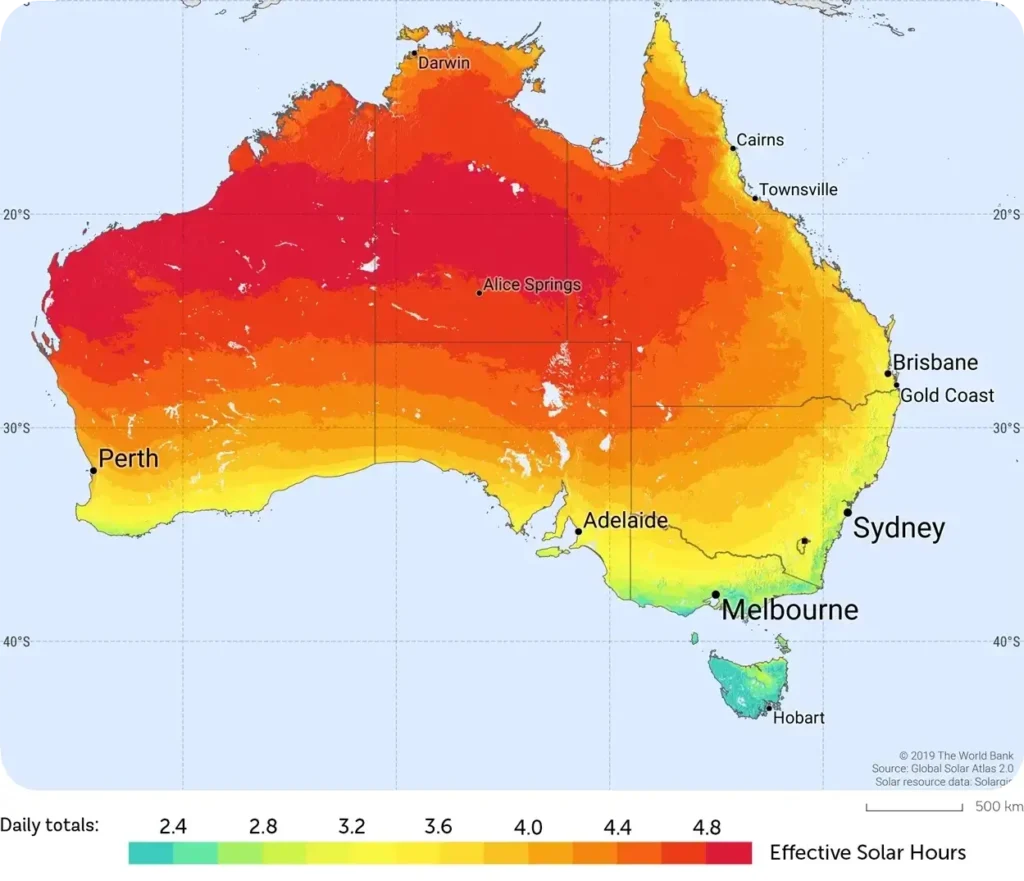With rapidly falling costs and rising resources, solar PV and wind power are on track to completely replace fossil fuels worldwide within two decades, although the time frame would depend mostly on politics.
Solar PV and wind energy offer the only realistic chance of avoiding the danger of climate change.
80 percent of Australia’s greenhouse gas emissions is because of the use of coal, oil, and gas, which is typical for industrialized countries.
Attempts to catch and store the carbon dioxide emissions from fossil fuels have been useless because of technical difficulties and high cost.
To decrease global warming, it is required to replace fossil fuel entirely with energy sources that meet the following criteria:
- Has huge amounts and a worldwide resource base
- Low or zero greenhouse gas emissions and other environmental effects
- Unlimited raw materials
- Very little security concerns in terms of war, terrorism, and accidents
- Low cost and already available in mass production
While wind energy meets most of the criteria, it’s not as globally ubiquitous as sunshine, so solar PV meets all of the required things listed.
The raw material for PV – oxygen, silicon, hydrogen, aluminum, carbon, steel, glass, and small amounts of other materials – are in unlimited supply, that’s why wind and solar PV have minimal environmental impacts and water requirements.
Other clean energy technologies can realistically play only a minor supporting role. The solar thermal industry is hundreds of times smaller than the fast-growing PV industry (because of higher costs). Hydropower, geothermal, wave and tidal energy are only significant prospects in particular regions.
PV and wind are often described as “intermittent” energy sources. But stabilizing the grid is relatively straightforward, with the help of storage and high-voltage interconnectors to smooth out local weather effects.
The two clean energy resources are growing at such a rate that the overall installed generation capacity of PV and wind has reached half that of coal, and will pass coal in the mid-2020s, judging by their respective trends.
In Australia, PV and wind comprise most new generation capacity. About 4.5 gigawatts of PV and wind is expected to be installed in 2018 compared with peak demand of 35GW in the National Electricity Market. At this rate, Australia would reach 70% renewable electricity by 2030.
Together, PV and wind currently produce about 7% of the world’s electricity. Worldwide over the past five years, PV capacity has grown by 28% per year, and wind by 13% per year. Remarkably, because of the slow or nonexistent growth rates of coal and gas, current trends put the world on track to reach 100% renewable electricity by 2032.








